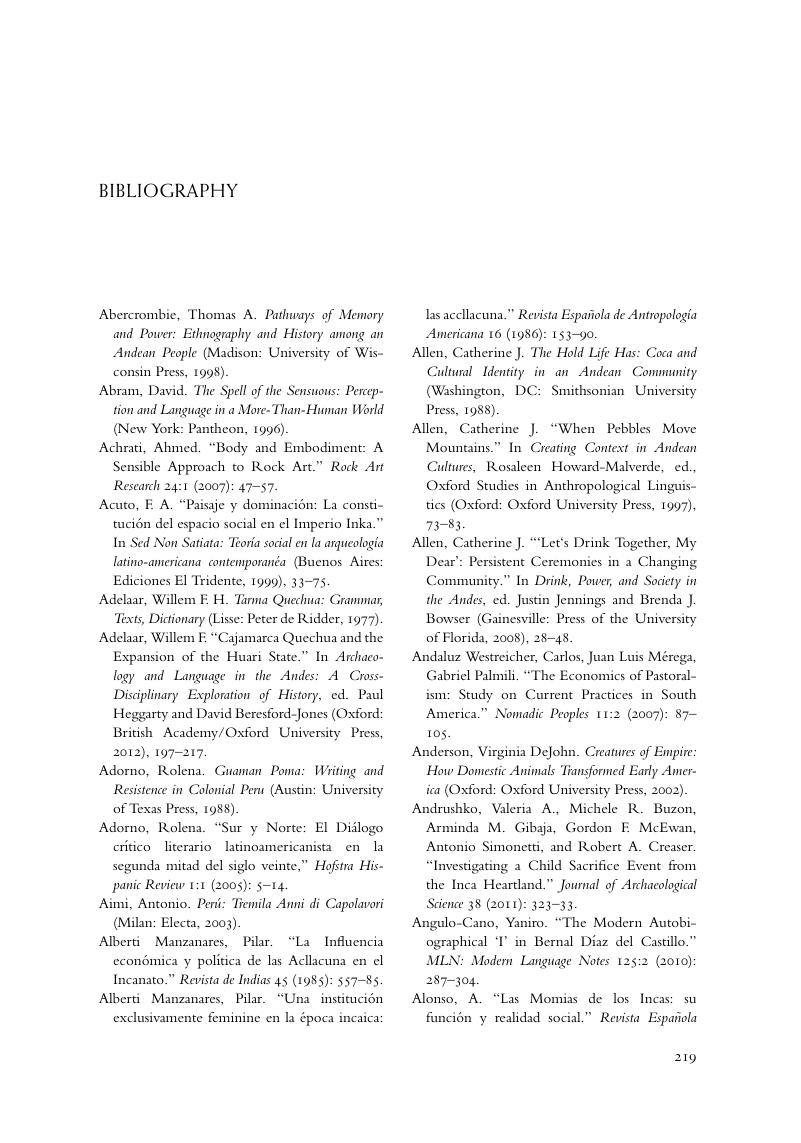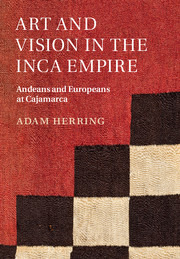Book contents
- Art and Vision in the Inca EmpireAndeans and Europeans at Cajamarca
- Art and Vision in the Inca Empire
- Copyright page
- Contents
- List of Illustrations
- Book part
- Introduction
- Chapter One Llamas and the Logic of the Gaze
- Chapter Two Under Atawallpa's Eyes
- Chapter Three Chessboard Landscape
- Chapter Four Quri: A Place in the Sun
- Conclusion: Fount of Beauty
- Notes
- Bibliography
- Index
- References
Bibliography
Published online by Cambridge University Press: 05 June 2015
- Art and Vision in the Inca EmpireAndeans and Europeans at Cajamarca
- Art and Vision in the Inca Empire
- Copyright page
- Contents
- List of Illustrations
- Book part
- Introduction
- Chapter One Llamas and the Logic of the Gaze
- Chapter Two Under Atawallpa's Eyes
- Chapter Three Chessboard Landscape
- Chapter Four Quri: A Place in the Sun
- Conclusion: Fount of Beauty
- Notes
- Bibliography
- Index
- References
Summary

- Type
- Chapter
- Information
- Art and Vision in the Inca EmpireAndeans and Europeans at Cajamarca, pp. 219 - 246Publisher: Cambridge University PressPrint publication year: 2015

